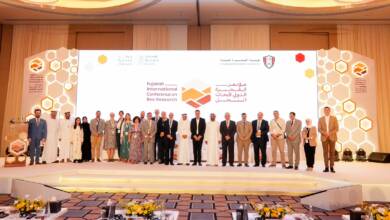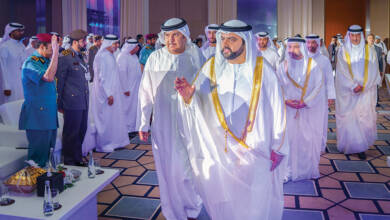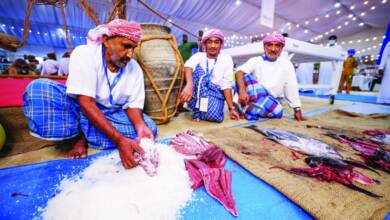UAE Heritage: Bedouin Lifestyle
Life Under the tent
The semi-nomadic Bedouin have lived in the Arabian deserts throughout history, and their traditions and high standards of moral conduct are a key part of the UAE’s sense of national identity.
For centuries, the Bedouin tribes kept moving across the desert in nomadic cycles dictated by seasonal changes, availability of grazing land, and the location of water. Although water, food, soil and energy were always in short supply, the people had an intrinsic understanding of their realities and the rich culture that emerged from their transient lifestyle was deep in resourceful adaptation. A notable example of this is their dwelling place.
The Bedouin needed homes that could be easily constructed and maintained, be flexible yet rugged and, most of all, be suited to climatic conditions. They found their answer in animal skins, and the Arabic Beyt al Sha’ar translates as ‘house of hair’.
Today, the black Bedouin tent is considered an ingenious vernacular design that is culturally rich and relevant in equal measure.
The Tent Fabric
Cloth
The roof is constructed from goat hair fibre, often interwoven with sheep hair to repel rainwater. Women weave the hair into long strips (shiqaq) and secure it with loose stitches, and these are assembled to form the roof, which is supported by poles and secured to the ground by ropes.
The sides of the tent (rifraf and ruaq) are made from a mix of goat, sheep and camel hair.
Summer
The breathing membrane creates deep shade, while the coarse weave diffuses sunlight to create illuminated interior. As the sun heats the dark fabric of the roof, air from inside is drawn out and hot air rises above the tent to create a cooling breeze.
Winter
When it rains or snows on the mountains, the loosely woven fibre swells up, the tiny holes in the fabric close, and the roof structure becomes tighter and water-resilient.
Simple and Harmonious way of life
During the day, the men collect firewood and grass for their animals. They sell any surplus, and use the money to buy grain. After a long day, Bedouin men gather around the fire of a tent to share stories about animals and matters of importance to the tribe. Traditionally, one of the men recites poetry or sings. At the end of the eveving, the host burns incense in a burner (mabkhara) and passes it to his guests to inhale and scent their clothes.
Customs
Birth amulet: A newborn child is made a household member through various rites of seclusion and purification which are observed by new mothers for 7 to 40 days after childbirth. Bedouin think children are particularly vulnerable to the ‘envious eye’ and attach protective amulets to their clothing.
Death: Islamic tradition rules that the body is buried as soon as possible, and always within 24 hours. Funeral rites are very simple: putting a pile of stones over the grave, engraving the symbol of the tribe on a large stone and sometimes putting clothes of the dead on the top of the grave.
Character: Bedouin are light-hearted, patient, and easily submit to fate. Their tranquility and patience are other valued attributes for life in the desert.
Wedding: The Bedouin in wedding marks the union of two people and two families. The ideal match is between a man and his father’s brother’s daughter, although a girl may refuse.
The joyous occasion involves rituals and ceremonies, large amounts of food, and traditional music and dance.





